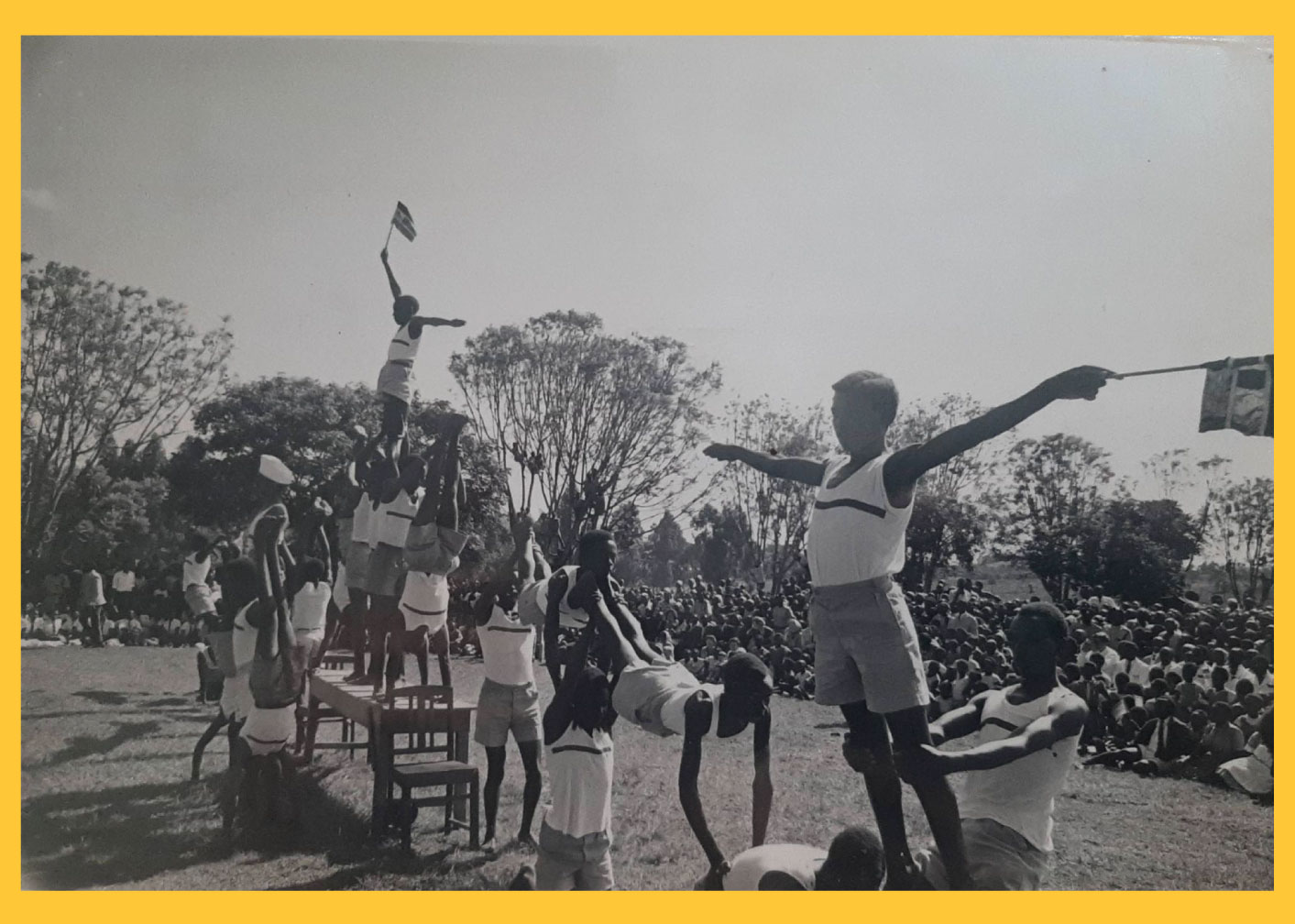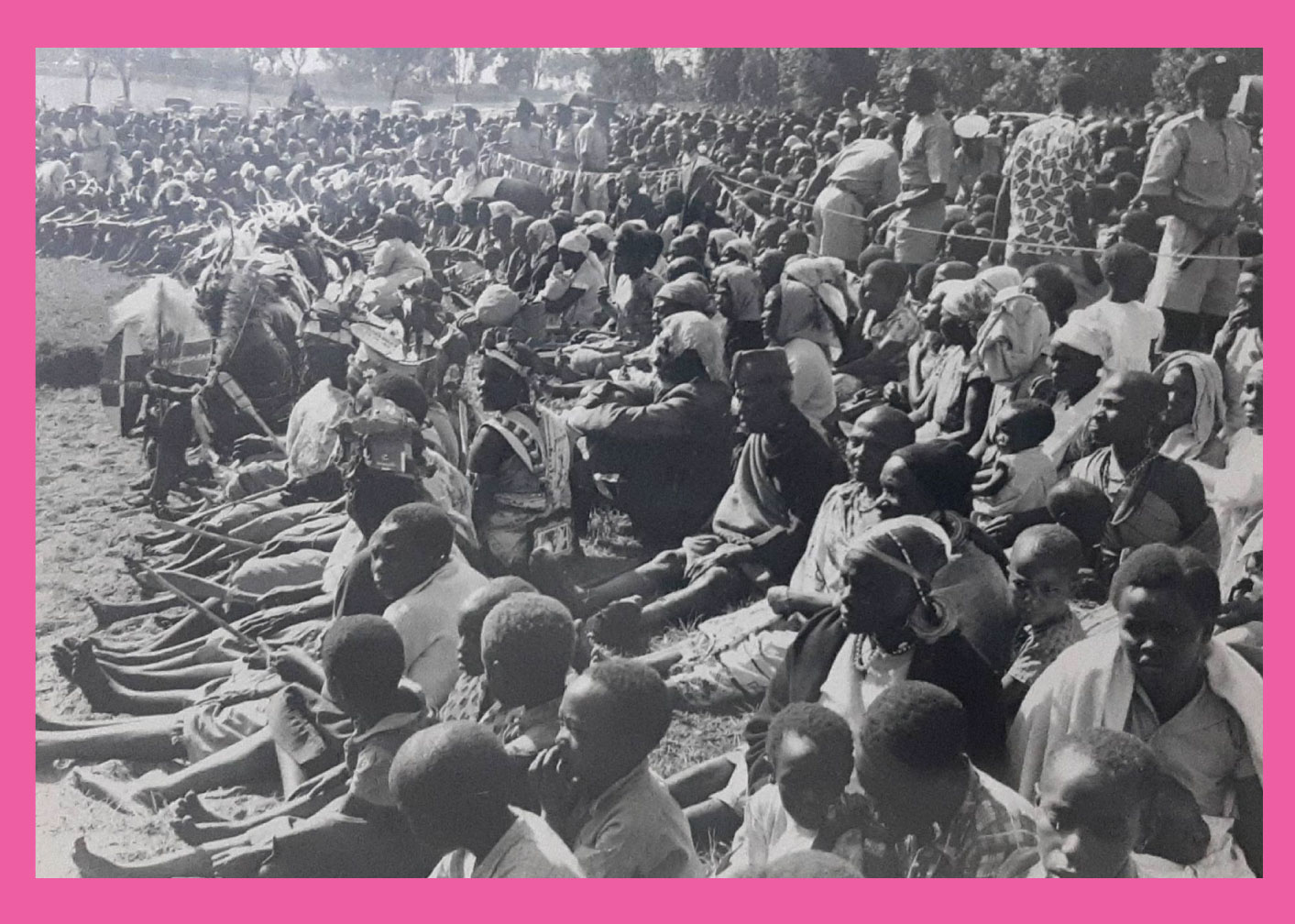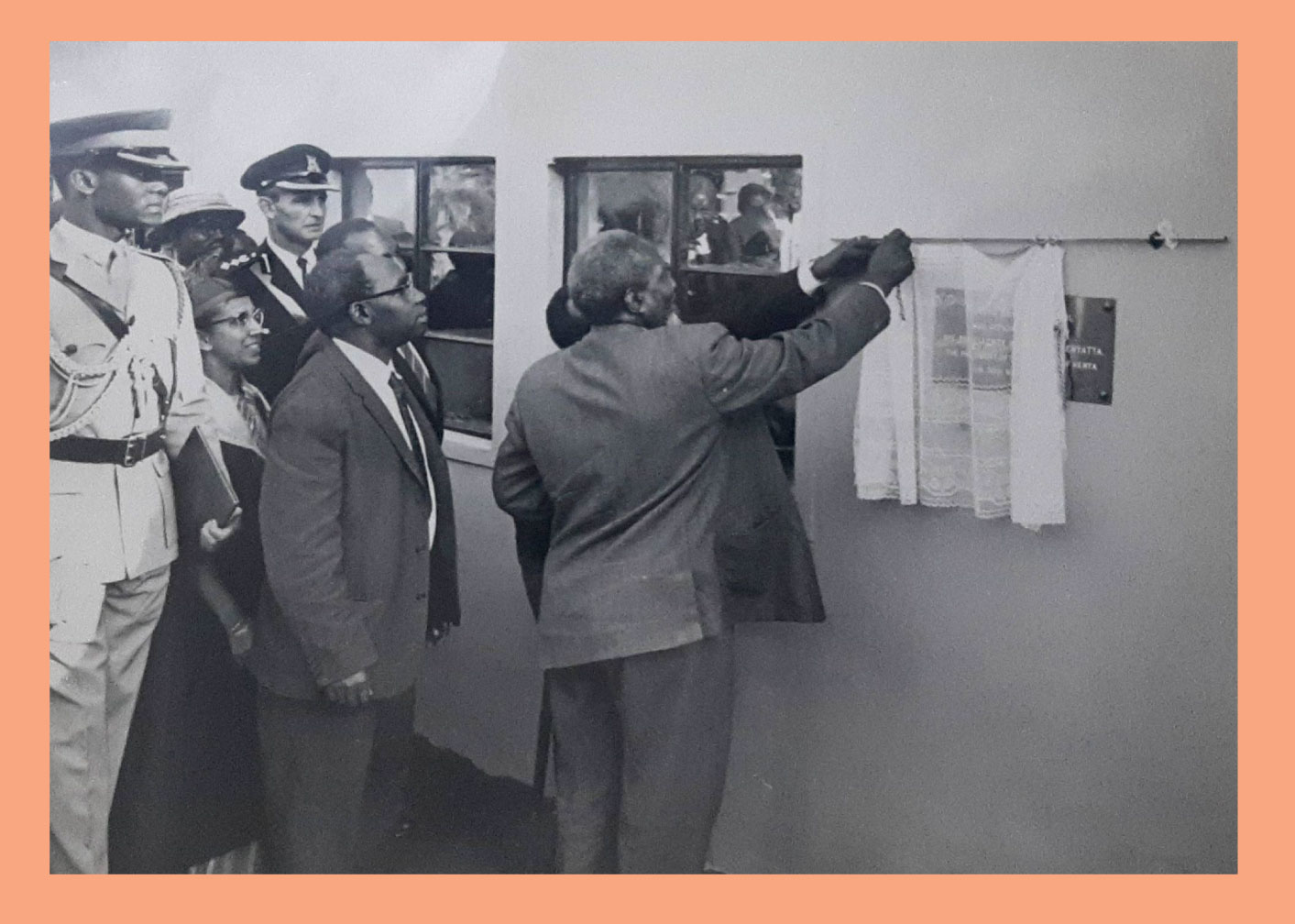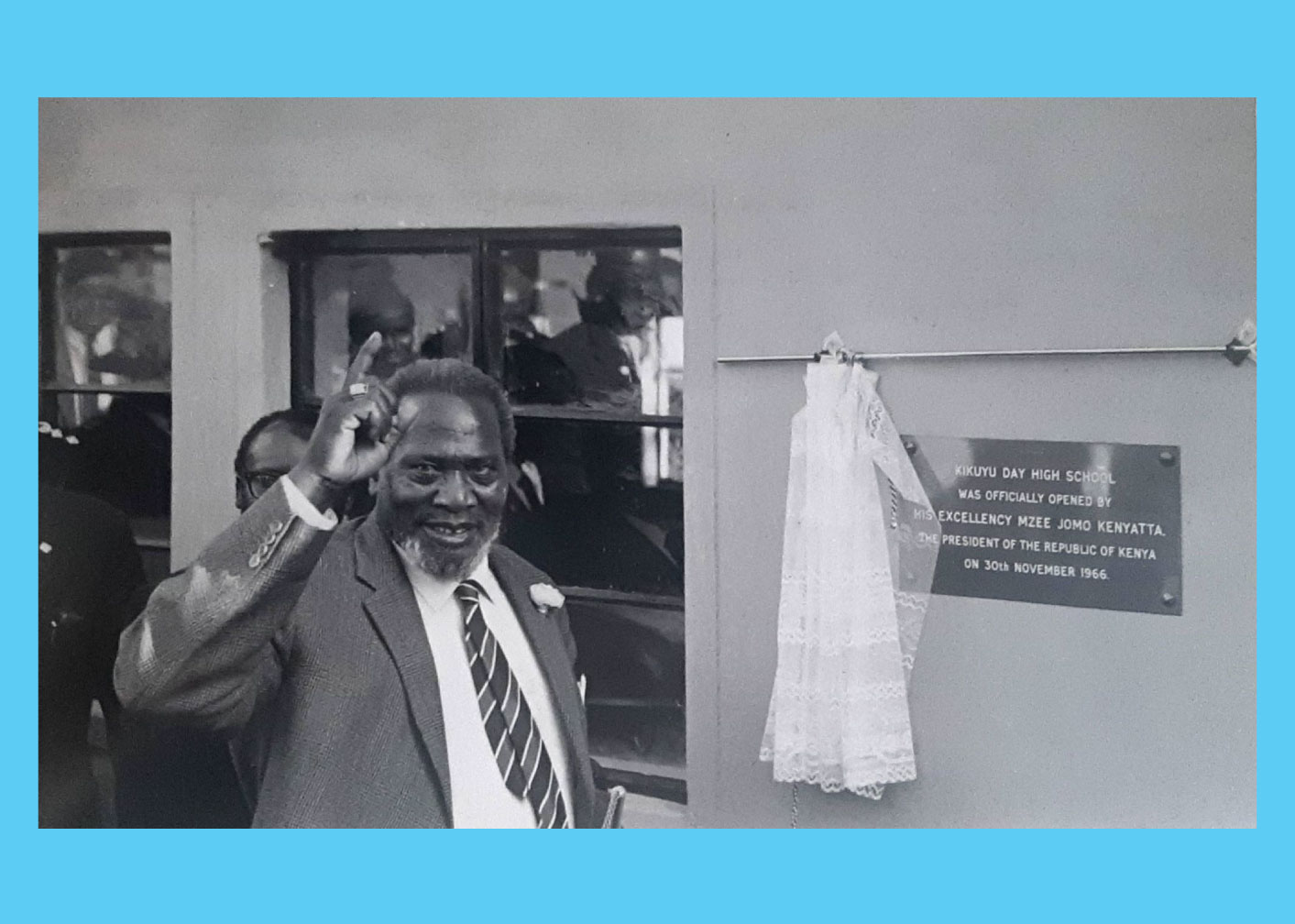
History
The school was started by the Church of Scotland Missionaries who arrived and settled at Thogoto.
50+
Years of history and education
The school was started by the Church of Scotland Missionaries who arrived and settled at Thogoto in 1891. Towards the end of the century, the area was invaded by locusts and a severe drought and famine followed, locally known as Ng’aragu ya Ruraya. At the same time, there was an outbreak of smallpox and rinderpest which killed many people and livestock alike. With the epidemic threatening to wipe out human population, the missionaries established a relief camp, whose objective was to treat the sick and help to bury the dead people. They also started a day school for children who had sought refuge in the camp and evening classes for young people who worked for the mission.
A few years later, temporary dormitories were constructed and named Mambere (the first), for both boys and girls to provide refuge to young men and women who deserted their homes in search for formal education from missionaries. The objective of the school was to inculcate in the youth good Christian character and to provide them with formal education. The curriculum offered in the school provided for technical training in subjects like carpentry, masonry, agriculture for boys, sewing and knitting for girls, while subjects like teaching, health-care and personal cleanliness was common for both gender.
Tuition blocks were erected at the present site where P.C.EA. Musa Gitau Primary School is located today. Dormitories for girls were built at the present site of the Home for the Aged, next to the primary school, while boys’ dormitories were situated at the Church of the Torch cemetery. During the First World War 1, between 1914-1919, most of the able bodied persons were recruited to form carrier Corps for war active service at the border between Kenya and Tanganyika. This greatly interfered with missionary and education work in place, thus disrupting the progress of the school temporarily.
After the war, the Government introduced new examination policies in all schools named- the Vernacular School Examination offered in standard Four (4) and the Elementary Grade C offered in Standard Six (6). The new development demanded for the expansion of the school. The new Mambere School was re-located to the present site of PCEA Kikuyu High School. The new buildings constructed between 1912-1918 had a dormitory for boys while tuition blocks were situated near the church grounds and present Musa Gitao primary.
Around the same period, the Native Industrial Department (N.I.T.D), a technical training institute at Kabete was built and the government requested the P.C.E.A Missionaries to transfer artisans and other apprentices to the new institute. Mambere School was subsequently left to concentrate on teacher training, nursing courses and at the same time prepare students for higher education at Alliances High School.
In 1940’s the government re-organized the primary education into junior school (standard 1-4) and intermediate (standard 5-8). The standard 8 students sat for the Kenya African Preliminary Exams (K.A.P.E) with the successful candidates joining Alliance High Schools. These changes split Mambere into two schools, Kikuyu Junior currently known as Musa Gitau Primary School and Yu Intermediate School, the present site of PCEA Kikuyu High School. When Kenya became independent.
Special tributes go to the late Rev. Crispus Kiongo for his tireless efforts to make PCEA Kikuyu High School a reality, with its first principal being Mrs. C,T John, wife of former tutor at Thogoto Teachers Training College. The late Rev. Crispus Kiongo became the first Chairman of Board of Governors for 22 years until his retirement in 1987.
Since its inception in the 1890s the school has produced many prominent personalities both in public and private Sectors. They include: Mzee Jomo Kenyatta (the first president of Kenya); Rev. Jeremiah Gitau, Rev. Musa Gitau, Prof Ngugi Ng’anga, George Githii (former Nation Chief editor), Fred K. Kago (author of vernacular stories/ grammar books), Bernard Hinga (first African Commissioner of police), Joan Wambui Waithaka (former headmistress, Alliance Girls High School) Prof. Waithaka (former Director of Education) and Justice Waiyaki (former High court judge); The wife of Kenneth Matiba, Edith also an alumni of Kikuyu Day as well as Margaret Kenyatta (former mayor of Nairobi) and Godfrey Mohair Moocher (former M.P) to mention but a few.
Most of the school tuition blocks were erected between the years 1912-1918. Though permanent, the blocks do not meet the current ministerial standards and specifications of classroom sizes, ventilation and lighting. In addition they have continued to wear out evidenced by deep cracks on the walls. However, the school has continued to transition students to institutions of higher learning both locally and internationally.
Our History in Pictures

Graduation day
President Jomo Kenyatta awarding students graduation certificates.


Sports day
Sports day in early 20th century at Kikuyu High School


School
Hundreds of students successfully graduate first secondary school program


School Opening
The first president unveiling the curtains to new institution blocks


opening day
President Jomo Kenyatta opening the school
